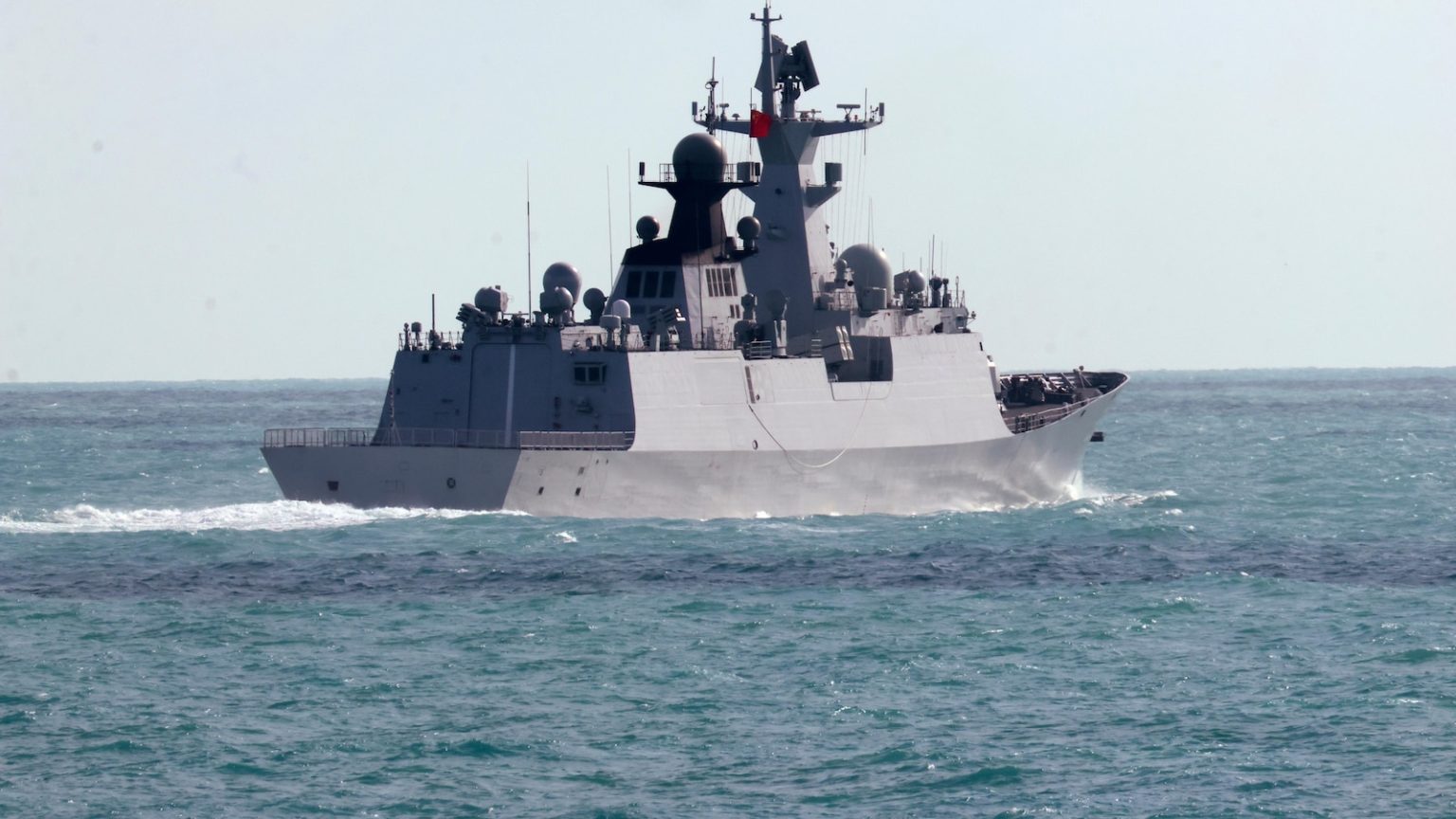China-Australia Tensions Flare Over live-Fire Naval Drills
An Overview of the Incident: Unplanned Course Changes and Diplomatic Tensions
On Friday, three passenger flights heading from Sydney to New Zealand were forced to alter their courses mid-flight due to live-fire drills conducted by the Chinese navy. The affected flights were bound for Christchurch and Queenstown. According to Australian media reports, the planes received warnings from a Chinese warship about the ongoing exercises, prompting them to divert their routes. While no passengers were placed in immediate danger, the incident has sparked a diplomatic row between China and Australia, with accusations and counter-accusations flying back and forth. The Australian government has criticized China for allegedly failing to provide adequate prior notice of the drills, while Beijing insists it followed all necessary protocols and international laws.
China’s Defense Ministry Fires Back: “Unreasonable Accusations”
China’s Defense Ministry was swift in its response to Australia’s criticism. Wu Qian, the ministry’s top spokesperson, dismissed Australia’s claims as “unreasonable accusations” and accused Canberra of deliberately exaggerating the situation. In a statement posted on the Defense Ministry’s website, Wu emphasized that China had issued safety notices in advance of the drills, ensuring compliance with international law and maritime safety standards. He asserted that the exercises did not pose any risk to aviation safety, adding that Australia’s complaints were entirely at odds with the facts. By doing so, the Chinese government sought to deflect blame and portray itself as a responsible actor in the region.
Australia Voices Concerns: A Question of Transparency and Safety
While the diverted flights did not result in any harm to passengers, Australian officials expressed concerns about the lack of advance notice from China. Australian Defense Minister Richard Marles noted that the Australian navy typically provides 12 to 24 hours’ notice before conducting live-fire exercises, allowing airlines to adjust their flight plans accordingly. Marles described the incident as unusual, though not without precedent, and emphasized the importance of clear communication to ensure the safety of civilians. Meanwhile, Australian Foreign Minister Penny Wong raised the issue directly with her Chinese counterpart, Wang Yi, during a meeting in Johannesburg following a G20 foreign ministers’ gathering. Wong sought an explanation for the lack of advance notification and reiterated Australia’s expectations for safe and professional military conduct.
“Unusual Activity”: The Presence of Chinese Warships in the Region
The live-fire drills were conducted by three Chinese warships—a frigate, a cruiser, and a replenishment vessel—that had been operating in the region. Their presence had already drawn attention from Australian and New Zealand militaries earlier in the week. While Marles acknowledged that such activities were not entirely unprecedented, he described them as unusual, suggesting that China’s actions in the area were being closely monitored. The incident has raised questions about the increasing presence of Chinese naval vessels in the Indo-Pacific region and the potential implications for regional security dynamics. For Australia and its allies, such developments are being watched with growing scrutiny.
Implications for Air Travel and Regional Security
The diversion of the three flights underscores the potential risks that military exercises can pose to civilian air travel. While international law requires nations to provide prior notice of such activities, the lack of clear communication can lead to confusion and safety hazards. From Australia’s perspective, the incident highlights the need for greater transparency and coordination between nations to prevent disruptions to aviation and ensure the safety of passengers. At the same time, the episode reflects broader concerns about China’s growing military presence in the Indo-Pacific region and its implications for regional stability. As tensions between Beijing and Canberra continue to simmer, such incidents have the potential to further strain relations.
Beyond the Drills: A Wider Context of Tensions
The diplomatic fallout over the live-fire drills is just the latest episode in a complicated relationship between China and Australia. Recent years have seen rising tensions over issues ranging from trade disputes to human rights, as well as competition for influence in the Indo-Pacific region. The incident also raises questions about how nations balance their military activities with the need to ensure the safety of civilian populations. Moving forward, both sides will need to engage in open and constructive dialogue to avoid similar misunderstandings and prevent a further escalation of tensions.















